Everest Three Passes Trekking
The Everest Three Passes Trekking is a challenging and exhilarating trekking adventure in the Everest region of Nepal. It is known for its stunning mountain views, remote and untouched landscapes, and the opportunity to cross three high mountain passes.
The three passes in the Everest Three Passes Trekking are the Kongma La Pass (5,535 meters), Cho La Pass (5,420 meters), and Renjo La Pass (5,340 meters). These passes offer breathtaking views of the surrounding Himalayan peaks, including Mount Everest, Lhotse, Nuptse, Makalu, and many others.
The trekking route typically starts from Lukla, a small town with an airport in the Everest region. From Lukla, trekkers make their way through picturesque Sherpa villages, lush valleys, and dense forests, gradually ascending towards the first pass, Kongma La. The journey continues through the Khumbu Valley, passing through popular towns like Namche Bazaar, Tengboche, Dingboche, and Lobuche.
After crossing Kongma La, trekkers reach the Everest Base Camp (5,364 meters), a significant highlight of the trek. From there, they continue towards the second pass, Cho La, which involves crossing a glacier and can be technically challenging. Beyond the pass lies the beautiful Gokyo Valley, home to the pristine Gokyo Lakes, and a climb to Gokyo Ri (5,357 meters) offers a magnificent panoramic view of the Himalayas.
The final pass, Renjo La, awaits beyond the Gokyo Valley. Trekkers traverse this pass, which provides awe-inspiring vistas of the Everest and Rolwaling ranges. The journey then leads back to Lukla via the traditional Everest Base Camp route, passing through Thame and Namche Bazaar.
The Everest Three Passes Trekking is physically demanding and requires prior trekking experience, as well as good physical fitness. It is essential to acclimatize properly and be prepared for varying weather conditions and rugged terrains.
Royal Everest Adventure is a reputable trekking and adventure company in Nepal that offers various trekking packages, including the Everest Three Passes Trekking. They provide experienced guides, necessary permits, accommodations, and logistics support throughout the trek, ensuring a safe and memorable journey for trekkers.
Outline Itinerary
Day 1: Arrival in Kathmandu and transfer to hotel
Day 2: Kathmandu sightseeing and trek preparation
Day 3: Fly from Kathmandu to Lukla (2,860 meters) and trek to Phakding (2,610 meters)
Day 4: Trek from Phakding to Namche Bazaar (3,440 meters)
Day 5: Acclimatization day in Namche Bazaar, explore the area
Day 6: Trek from Namche Bazaar to Tengboche (3,870 meters)
Day 7: Trek from Tengboche to Dingboche (4,410 meters)
Day 8: Acclimatization day in Dingboche, hike to Nagarjun Hill for acclimatization
Day 9: Trek from Dingboche to Chhukung (4,730 meters)
Day 10: Cross Kongma La Pass (5,535 meters) and trek to Lobuche (4,940 meters)
Day 11: Trek from Lobuche to Everest Base Camp (5,364 meters) and back to Gorak Shep (5,170 meters)
Day 12: Hike to Kala Patthar (5,545 meters) for sunrise views and trek to Dzongla (4,830 meters) via Lobuche
Day 13: Cross Cho La Pass (5,420 meters) and trek to Thangnak (4,700 meters)
Day 14: Trek from Thangnak to Gokyo (4,790 meters) via Ngozumpa Glacier
Day 15: Hike to Gokyo Ri (5,357 meters) for panoramic mountain views and explore the Gokyo Valley
Day 16: Cross Renjo La Pass (5,340 meters) and trek to Marlung (4,210 meters)
Day 17: Trek from Marlung to Namche Bazaar
Day 18: Trek from Namche Bazaar to Lukla
Day 19: Fly from Lukla to Kathmandu
Day 20: Rest day in Kathmandu, explore the city, and farewell dinner
Day 21: Departure from Kathmandu
Itenerary
-
Day 1: Fly from Kathmandu to Lukla (2,860m) and trek to Phakding (2,610m)
- Flight from Kathmandu to Lukla.
- Trek from Lukla to Phakding, a small village along the Dudh Koshi River.
- Approximate trekking time: 3-4 hours.
-
Day 2: Phakding to Namche Bazaar (3,440m)
- Trek from Phakding to Namche Bazaar, the main trading center of the Khumbu region.
- Cross several suspension bridges and ascend to Namche Bazaar.
- Approximate trekking time: 5-6 hours.
-
Day 3: Acclimatization day in Namche Bazaar
- Acclimatization day in Namche Bazaar.
- Optional hike to Everest View Hotel for stunning views of Mount Everest, Lhotse, and Ama Dablam.
- Explore the lively market of Namche Bazaar.
- Rest and acclimatize to the altitude.
-
Day 4: Namche Bazaar to Tengboche (3,860m)
- Trek from Namche Bazaar to Tengboche, home to the famous Tengboche Monastery.
- Enjoy panoramic views of Everest, Lhotse, Nuptse, and Ama Dablam.
- Approximate trekking time: 5-6 hours.
-
Day 5: Tengboche to Dingboche (4,410m)
- Trek from Tengboche to Dingboche, a beautiful village surrounded by stunning mountain views.
- Cross the Imja River and ascend to Dingboche.
- Approximate trekking time: 5-6 hours.
-
Day 6: Acclimatization day in Dingboche
- Acclimatization day in Dingboche.
- Optional hike to Nagarjun Hill for breathtaking views of Makalu, Lhotse, and Island Peak.
- Rest and acclimatize to the altitude.
-
Day 7: Dingboche to Lobuche (4,910m)
- Trek from Dingboche to Lobuche, along the lateral moraine of the Khumbu Glacier.
- Enjoy stunning views of Taboche, Cholatse, and other peaks.
- Approximate trekking time: 5-6 hours.
-
The Everest Three Passes Trek is a challenging and exhilarating trek that takes you through some of the most spectacular landscapes in the Everest region of Nepal. Here is a sample itinerary for the Everest Three Passes Trek: Day 1: Fly from Kathmandu to Lukla (2,860m) and trek to Phakding (2,610m) Flight from Kathmandu to Lukla. Trek from Lukla to Phakding, a small village along the Dudh Koshi River. Approximate trekking time: 3-4 hours. Day 2: Phakding to Namche Bazaar (3,440m) Trek from Phakding to Namche Bazaar, the main trading center of the Khumbu region. Cross several suspension bridges and ascend to Namche Bazaar. Approximate trekking time: 5-6 hours. Day 3: Acclimatization day in Namche Bazaar Acclimatization day in Namche Bazaar. Optional hike to Everest View Hotel for stunning views of Mount Everest, Lhotse, and Ama Dablam. Explore the lively market of Namche Bazaar. Rest and acclimatize to the altitude. Day 4: Namche Bazaar to Tengboche (3,860m) Trek from Namche Bazaar to Tengboche, home to the famous Tengboche Monastery. Enjoy panoramic views of Everest, Lhotse, Nuptse, and Ama Dablam. Approximate trekking time: 5-6 hours. Day 5: Tengboche to Dingboche (4,410m) Trek from Tengboche to Dingboche, a beautiful village surrounded by stunning mountain views. Cross the Imja River and ascend to Dingboche. Approximate trekking time: 5-6 hours. Day 6: Acclimatization day in Dingboche Acclimatization day in Dingboche. Optional hike to Nagarjun Hill for breathtaking views of Makalu, Lhotse, and Island Peak. Rest and acclimatize to the altitude. Day 7: Dingboche to Lobuche (4,910m) Trek from Dingboche to Lobuche, along the lateral moraine of the Khumbu Glacier. Enjoy stunning views of Taboche, Cholatse, and other peaks. Approximate trekking time: 5-6 hours. Day 8: Lobuche to Gorak Shep (5,164m) to Everest Base Camp (5,364m) and back to Gorak Shep
- Trek from Lobuche to Gorak Shep, the last stop before Everest Base Camp.
- Continue trekking to Everest Base Camp, where climbers prepare for their ascent.
- Return to Gorak Shep for overnight stay.
- Approximate trekking time: 7-8 hours.
-
Day 9: Gorak Shep to Kala Patthar (5,545m) to Dzongla (4,830m)
- Early morning hike to Kala Patthar for sunrise views of Everest, Lhotse, and Nuptse.
- Descend to Gorak Shep and continue trekking to Dzongla.
- Approximate trekking time: 7-8 hours.
-
Day 10: Dzongla to Cho La Pass (5,420m) to Thaknak (4,700m)
- Trek from Dzongla to Cho La Pass, a challenging high-altitude pass.
- Descend to Thaknak, a small settlement in the Khumbu region.
- Approximate trekking time: 7-8 hours.
-
Day 11: Thaknak to Gokyo (4,790m)
- Trek from Thaknak to Gokyo, a charming village located on the shores of the pristine Gokyo Lake.
- Enjoy stunning views of Cho Oyu, Everest, Lhotse, and Makalu.
- Approximate trekking time: 4-5 hours.
-
Day 12: Rest day in Gokyo
- Acclimatization day in Gokyo.
- Optional hike to Gokyo Ri for panoramic views of Everest, Lhotse, Makalu, and Cho Oyu.
- Rest and acclimatize to the altitude.
-
Day 13: Gokyo to Renjo La Pass (5,360m) to Marlung (4,210m)
- Trek from Gokyo to Renjo La Pass, another challenging high-altitude pass.
- Descend to Marlung, a small village located in the Thame Valley.
- Approximate trekking time: 7-8 hours.
-
Day 14: Marlung to Namche Bazaar
- Trek from Marlung to Namche Bazaar, retracing your steps through the beautiful Khumbu region.
- Enjoy the last views of Everest, Lhotse, and Ama Dablam.
- Approximate trekking time: 5-6 hours.
-
Day 15: Namche Bazaar to Lukla
- Trek from Namche Bazaar to Lukla, marking the end of your trek.
- Celebrate your achievements with your team and enjoy a farewell dinner.
- Approximate trekking time: 6-7 hours.
-
Day 16: Fly from Lukla to Kathmandu
- Fly from Lukla to Kathmandu, enjoying a last glimpse of the Himalayas from the air.
- Transfer to your hotel in Kathmandu.
- Approximate flight time: 40 minutes.
Full Board
Cost Includes:
Cost Excludes:
BC Service
Cost Includes:
Cost Excludes:
Price per person
Usefull Information
FAQs
-
How difficult is the Everest Three Passes Trekking?
The Everest Three Passes Trekking is considered a challenging and strenuous trek. It involves long hours of walking, steep ascents and descents, and crossing high mountain passes. Good physical fitness, prior trekking experience, and proper acclimatization are essential.
-
What is the best time to do the Everest Three Passes Trekking?
The best time for the Everest Three Passes Trekking is during the pre-monsoon (spring) season from March to May and the post-monsoon (autumn) season from September to November. These months offer stable weather, clear skies, and moderate temperatures for trekking.
-
Do I need a guide or porter for the trek?
While it is not mandatory, it is highly recommended to hire a guide and/or porter for the Everest Three Passes Trekking. A guide can provide valuable information about the trail, culture, and ensure your safety. A porter can assist in carrying your heavy backpack, allowing you to trek with less weight and reducing strain on your body.
-
How do I obtain permits for the Everest Three Passes Trekking?
You need two permits for this trek: the Sagarmatha National Park Entry Permit and the Khumbu Rural Municipality Permit. These permits can be obtained in Kathmandu or directly in Lukla. Your trekking agency or guide can assist you in obtaining the necessary permits.
-
Is altitude sickness a concern during the trek?
Yes, altitude sickness is a concern during the Everest Three Passes Trekking due to the high elevation. It is important to acclimatize properly by taking rest days, drinking plenty of water, and ascending gradually. Familiarize yourself with the symptoms of altitude sickness and inform your guide immediately if you experience any discomfort.
-
What type of accommodation is available during the trek?
Along the trail, there are tea houses or lodges available for accommodation. These are basic guesthouses that provide meals and a place to sleep. The facilities may vary from basic to relatively comfortable, with shared bathrooms and communal dining areas. It is advisable to have a sleeping bag for added warmth and comfort.
-
Are there any emergency facilities or communication available during the trek?
In case of emergencies, there are helicopter rescue services available in the Everest region. Most tea houses and lodges have satellite phones or mobile networks for communication, although signal strength can be limited in certain areas. It is recommended to have travel insurance that covers emergency evacuation.
-
Can I do the Everest Three Passes Trekking solo?
Yes, it is possible to do the trek solo. However, it is recommended to trek with a guide or in a group for safety and assistance. They can navigate the trail, provide valuable insights, and assist in case of any emergencies.
-
What are the alternatives to the Everest Three Passes Trekking?
If the Everest Three Passes Trekking seems too challenging or time-consuming, there are alternative treks available in the Everest region, such as the Everest Base Camp Trek or the Gokyo Lakes Trek. These treks still offer stunning views and cultural experiences but have a shorter duration or less strenuous routes.
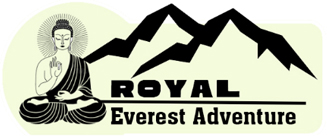
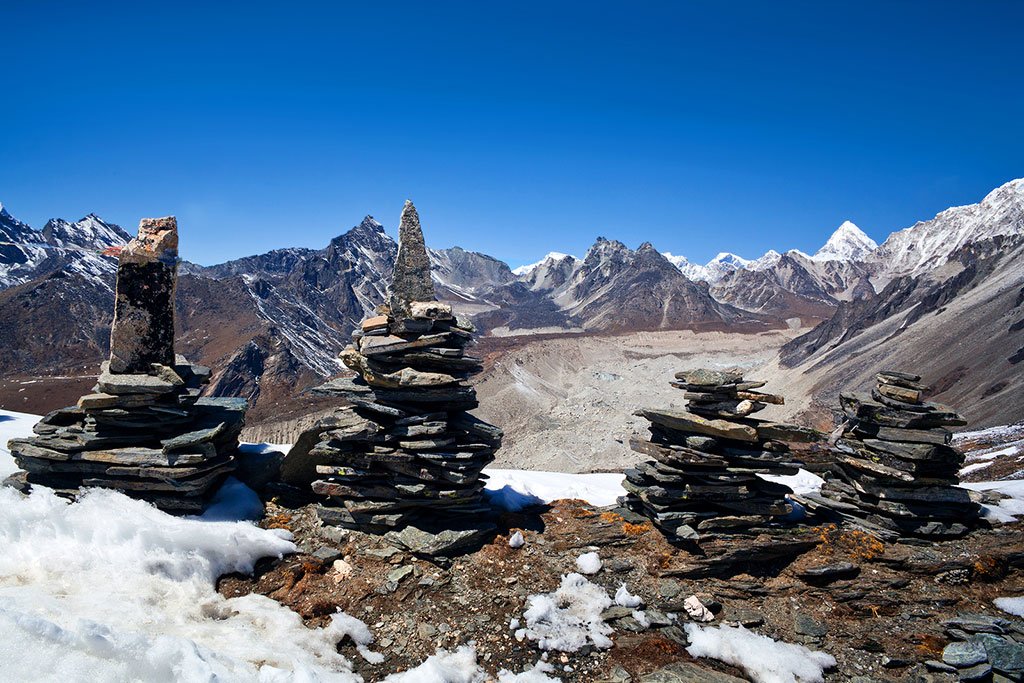
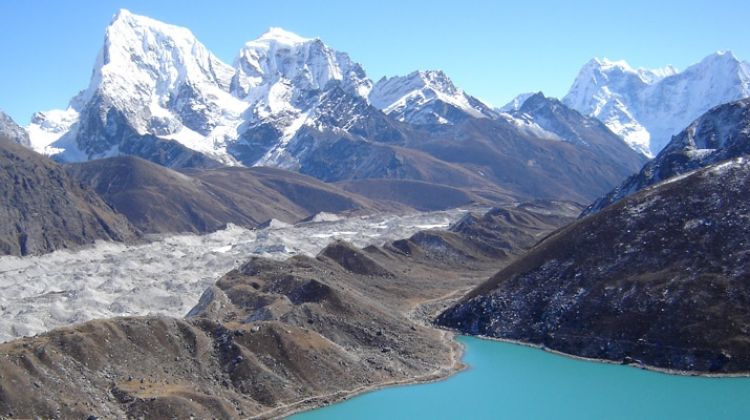
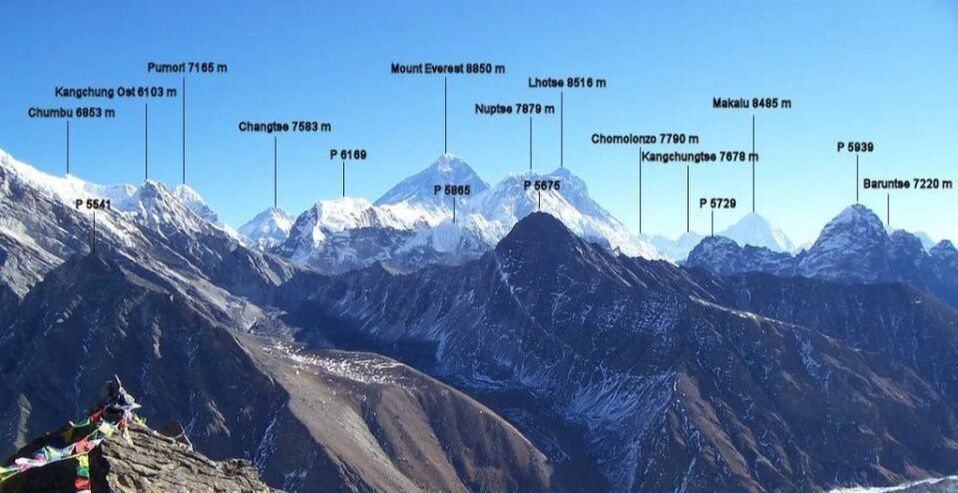


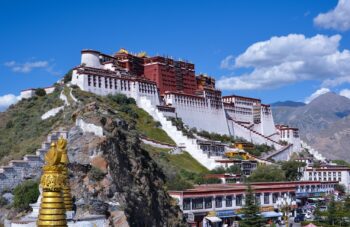
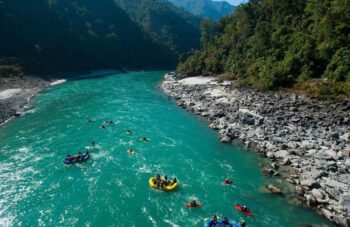
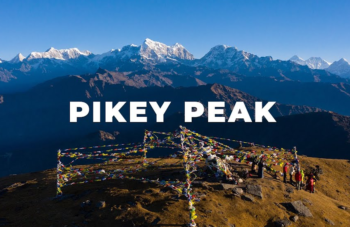
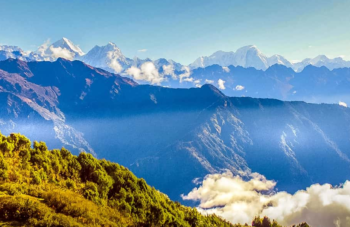
Leave a Reply